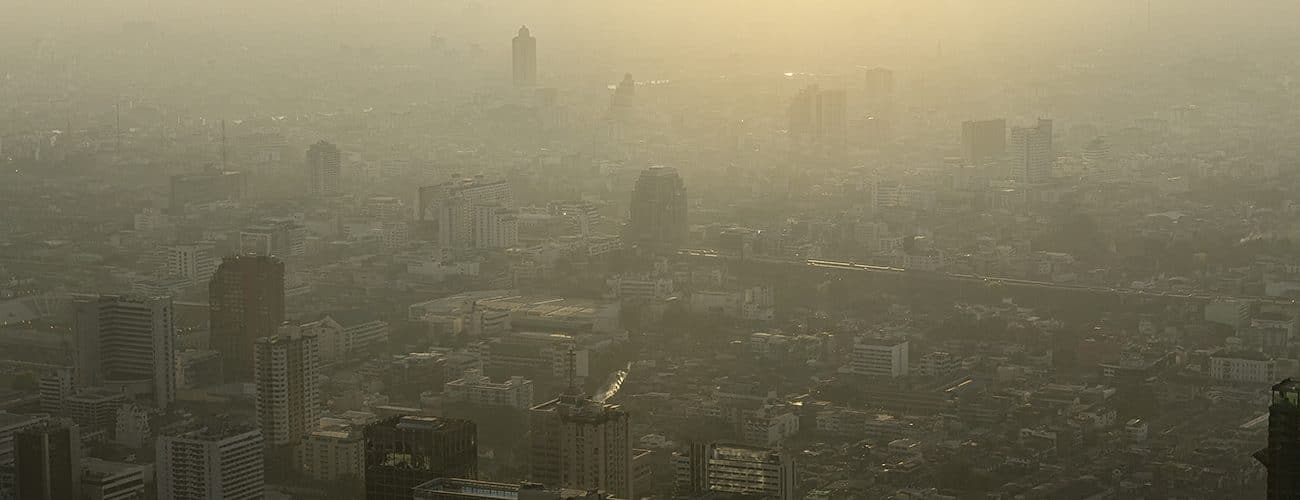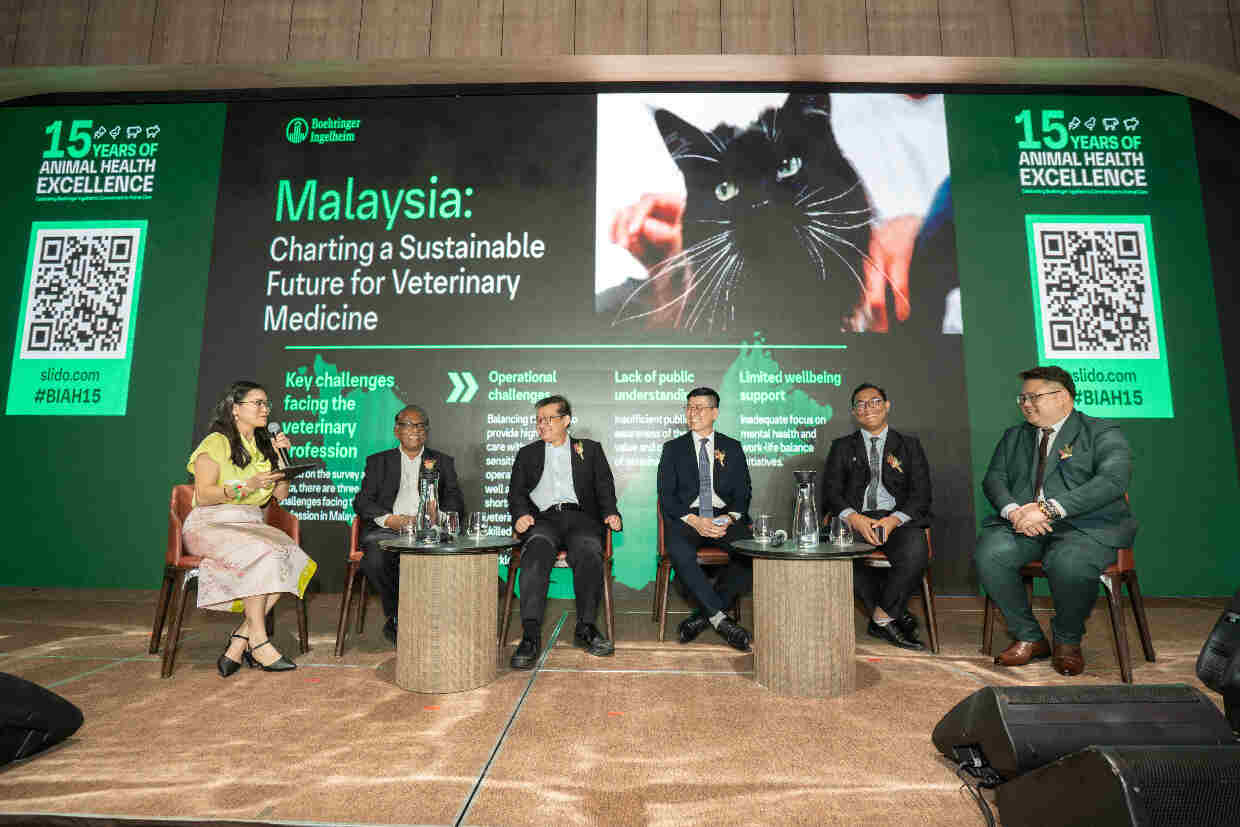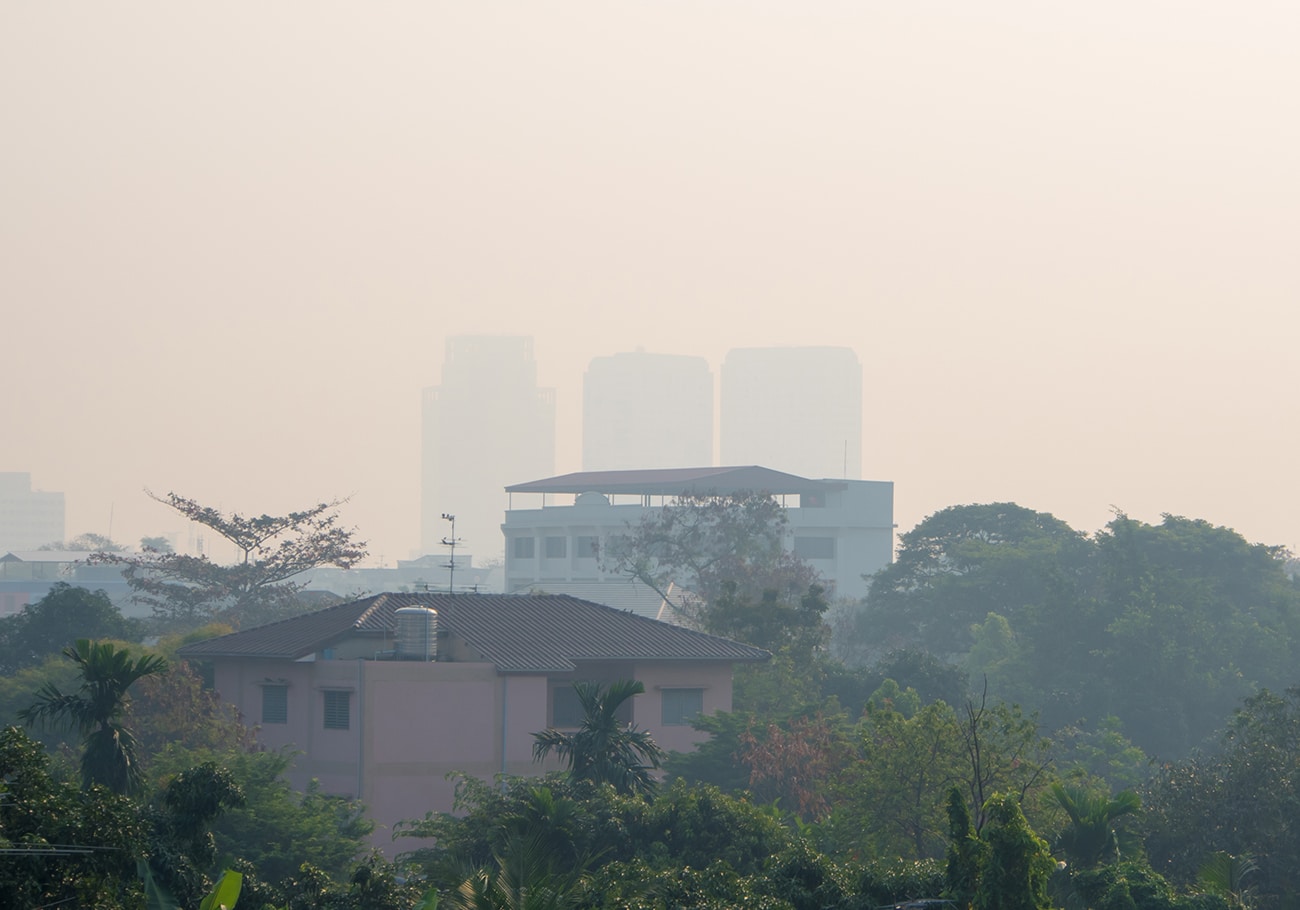
The upcoming El Nino phenomenon in Southeast Asia is expected to intensify the haze crisis, with experts warning of hotter and drier weather conditions.
The haze, caused by the release of smoke and pollutants from fires, poses significant health risks and environmental challenges.
As Malaysia and other countries in the region brace for the impact of El Nino, authorities and experts emphasize the need for proactive measures to prevent forest fires, monitor air quality, and protect public health.
El Nino and its effects on haze

During an El Nino event, changes in wind patterns and ocean surface temperatures lead to a reduction in rainfall, particularly in parts of Southeast Asia.
Associate Prof Dr Mohd Shahrul Mohd Nadzir from Universiti Kebangsaan Malaysia explains that the increased dryness resulting from El Nino creates favourable conditions for fires to break out, including in forests and areas undergoing land-clearing activities.
These fires release significant amounts of smoke and pollutants into the atmosphere, exacerbating the haze situation.
Experts warn that the return of El Nino conditions could lead to a new average temperature record in 2023 or 2024. Sarawak, for instance, has already identified 23 hot spots, raising concerns about prolonged dry weather and heightened fire risks.
Mohd Shahrul emphasizes that atmospheric changes during El Nino can transport smoke and pollutants over long distances, worsening the haze not only in Malaysia but also in neighbouring countries.
Addressing the haze crisis
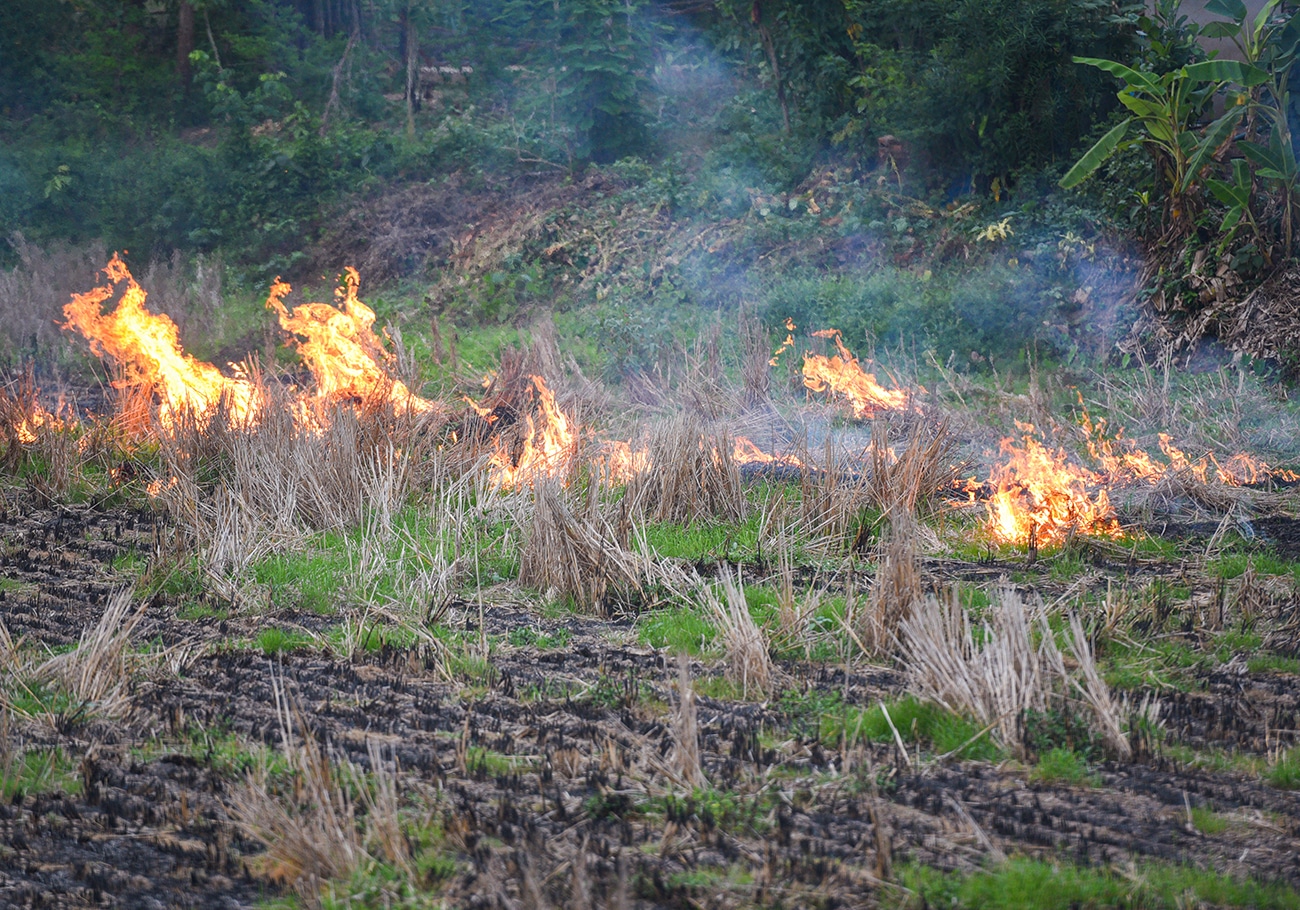
To combat the haze crisis, experts and environmental organizations stress the importance of taking appropriate measures to prevent peatland fires and reduce pollution.
Heng Kiah Chun, the regional campaign strategist at Greenpeace Southeast Asia, highlights the connection between monoculture growth, agricultural activities, and the haze.
Dry and vulnerable peatlands resulting from deforestation and drainage become prone to fires, releasing carbon dioxide and contributing to the haze. With the impending El Nino, Malaysia’s haze situation is expected to worsen.
Heng calls for a commitment to the “No Deforestation, No Peat, No Exploitation” (NDPE) policy, which aims to prevent peatland destruction and restore damaged peatlands. Major palm oil traders and producers have already adopted the NDPE policy, but further efforts are necessary to ensure adherence throughout the supply chain.
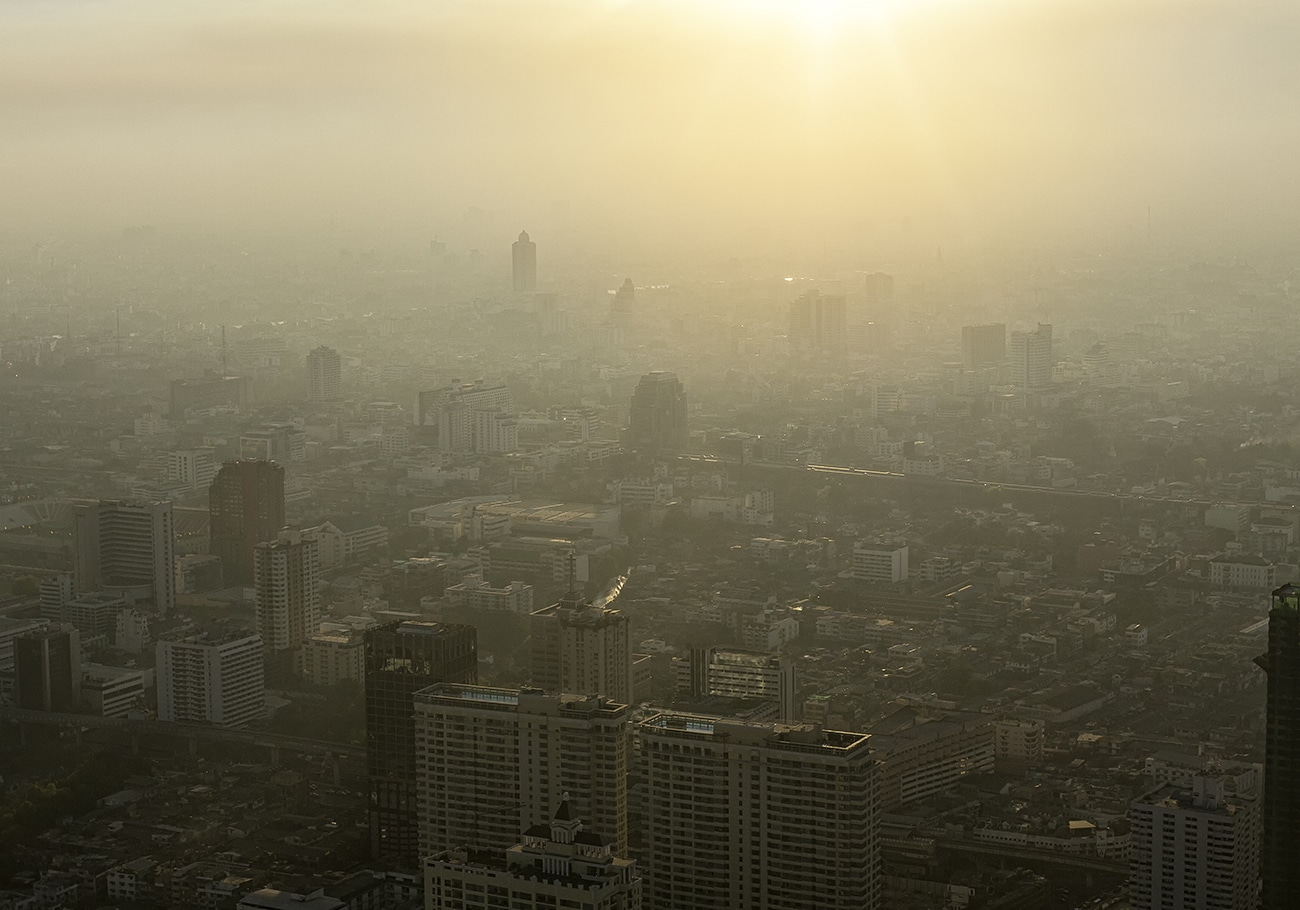
Additionally, the Asean Agreement on Transboundary Haze Pollution (AATHP) plays a crucial role in preventing, monitoring, and mitigating land and forest fires. The agreement requires coordinated efforts among member states to control haze pollution.
As Southeast Asia prepares for the onset of El Nino, Malaysian authorities are taking steps to address the haze crisis.
Natural Resources, Environment and Climate Change Minister Nik Nazmi Nik Ahmad will lead the Malaysian delegation to the ASEAN Environment Ministers Meeting, where the impact of El Nino and preparations to combat dry and hot weather will be discussed.
Environmental experts emphasize the need for comprehensive strategies, including legislation similar to Singapore’s Transboundary Haze Pollution Act and the establishment of a transboundary haze framework in Malaysia.
Source: Bernama


